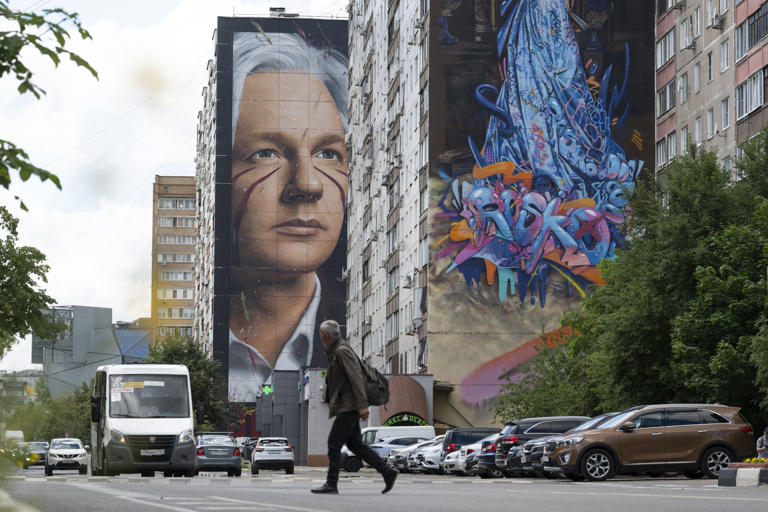Julian Assange’s return to Australia as a free man marked the conclusion of a lengthy and contentious legal battle with the U.S. Justice Department. The resolution came through a carefully negotiated plea deal that unfolded over months of intense discussions and deliberations.
The negotiations began around a year and a half ago when Assange’s legal team, led by his lawyers, presented a bold request to federal prosecutors in Virginia: to drop the case entirely. This proposal reflected the high stakes involved in Assange’s extradition proceedings, which had been mired in legal complexities and international scrutiny for years. While the request for dismissal was not feasible, it set the stage for subsequent negotiations.
In the months that followed, prosecutors broached the possibility of a guilty plea as a means to resolve the case. Assange’s team, however, set clear conditions for any agreement: no additional prison time and avoidance of setting foot on U.S. soil, aligning with Assange’s concerns about potential repercussions in American jurisdiction.
Various options were explored during negotiations, including the prospect of Assange entering a misdemeanor plea remotely, without needing to physically appear in the United States. Another proposal considered involved WikiLeaks, the organization founded by Assange, pleading guilty to a felony charge while Assange himself accepted a misdemeanor charge.
The final breakthrough came with the Justice Department proposing a deal that guaranteed Assange’s liberty and allowed for the plea to be entered outside the continental U.S. Given these criteria, the Northern Mariana Islands were chosen as the venue where Assange formally entered his plea, avoiding the scenarios he feared in the U.S.
Saipan, a serene Pacific island with a storied history from World War II to its present-day reputation as a tourist destination, became the unexpected setting for Assange’s legal conclusion. On June 26, 2024, he arrived at Saipan’s federal courthouse, clad in a dark suit and greeted by a throng of media. Inside, he listened attentively as the plea deal was finalized, asserting his belief in the conflict between the First Amendment and the charges brought against him under the Espionage Act.
Following the court’s declaration of his freedom, Assange returned to Australia aboard a charter jet, where he was warmly welcomed by supporters, including his wife Stella and father John Shipton. Despite uncertainties about his future and speculations about potential pardons, Assange’s immediate plans included reconnecting with simpler joys like swimming in the ocean, savoring home-cooked meals, and relishing the freedom denied to him during his years of confinement and legal battles.
Assange’s journey, from asylum seeker to international fugitive to a free man back in his homeland, underscored profound questions about press freedom, government accountability, and the evolving dynamics of digital-age disclosures. His case left an indelible mark on global discussions about the rights of whistleblowers, the responsibilities of journalism, and the limits of state power in an era defined by rapid information dissemination and heightened security concerns.
